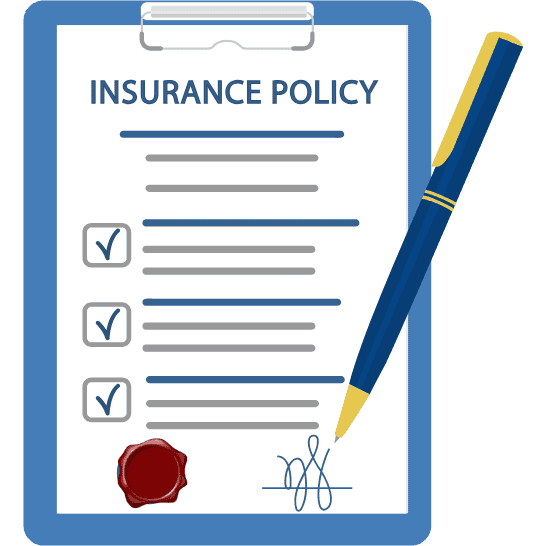What Is OPD Coverage In Health Insurance?

OPD coverage in health insurance refers to coverage for Outpatient Department (OPD) expenses—meaning it includes medical expenses incurred without being admitted to a hospital. This is different from regular health insurance that typically covers inpatient hospitalization (i.e., when you're admitted for at least 24 hours). OPD coverage allows policyholders to claim expenses related to doctor consultations, diagnostic tests, pharmacy bills, minor procedures, and other outpatient treatments. You don’t need to be hospitalized to use this benefit. It bridges the gap between actual medical expenses and what traditional insurance plans typically reimburse. OPD coverage can include: Note: Coverage may vary depending on the insurer and policy terms. OPD coverage in health insurance adds a valuable layer of financial protection. While traditional health plans are great for emergencies and hospital stays, OPD coverage ensures you’re not burdened by everyday medical expenses. When choosing a policy, make sure to understand how the OPD component works, and whether it meets your family's lifestyle and health needs.What is OPD Coverage?
What All is Covered?
Why is OPD Coverage Important?
Key Features to Look For
OPD vs IPD (Inpatient Department)
Feature
OPD (Outpatient)
IPD (Inpatient)
Hospitalization
Not required
Required (min 24 hours)
Coverage
Doctor visits, tests, medicine
Room charges, surgeries, ICU, etc.
Claim type
Often reimbursement
Cashless or reimbursement
Example
Fever checkup, X-ray, injection
Appendicitis surgery, ICU stay
Who Should Opt for OPD Cover?
Final Thoughts

